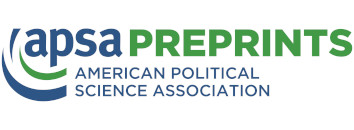Abstract
The role of active learning – student-focused activities, rather than teacher-centered approaches to classrooms – has become a cornerstone of scholarship in teaching and learning in political science education. Studies contend that such practices can help with student learning and help students achieve other learning objectives such as deepening critical thinking and oral communication skills. Yet, while scholarship in this domain has expanded significantly over the past 10 years, however, most syntheses of the state of the field are from pre-2015. There is reason to believe that approaches to active learning have changed with the advent of new learning technologies in light of the COVID-19 pandemic and artificial intelligence in the classroom, and that instructors can benefit from adapting active learning approaches to these new classroom realities. We provide insights into clear theoretical gaps in our understanding and highlight key next steps for the future of the study of ALPS.


